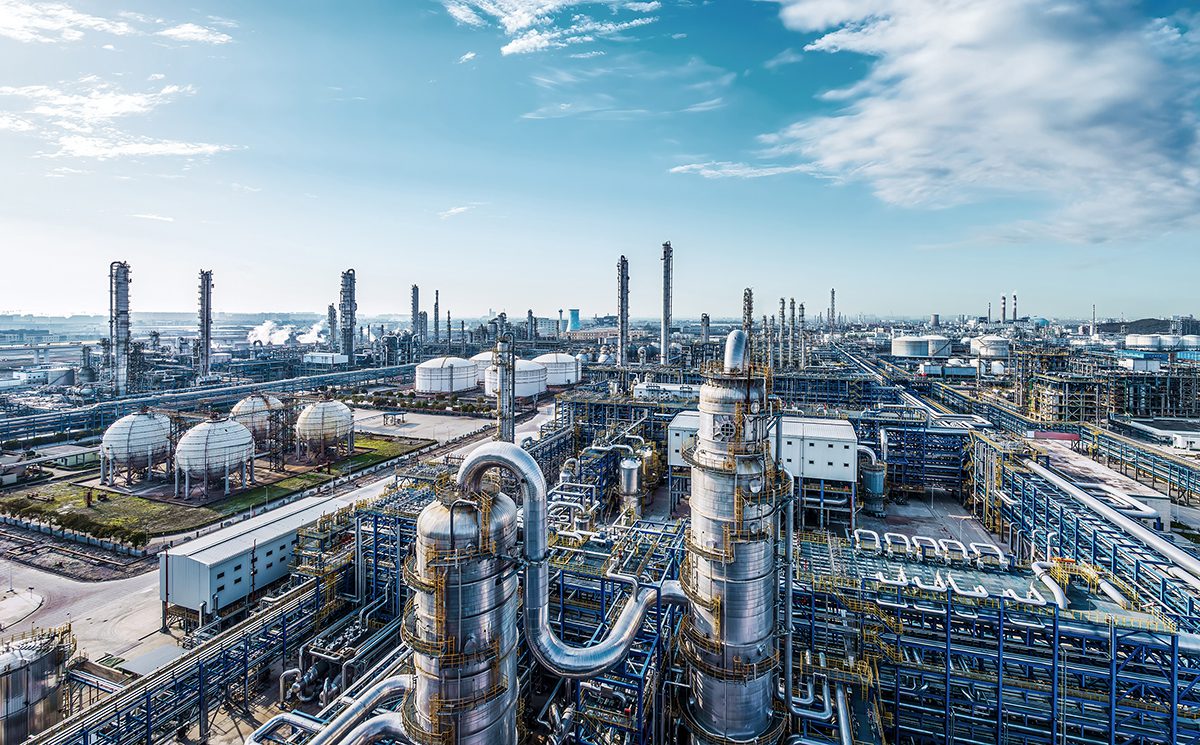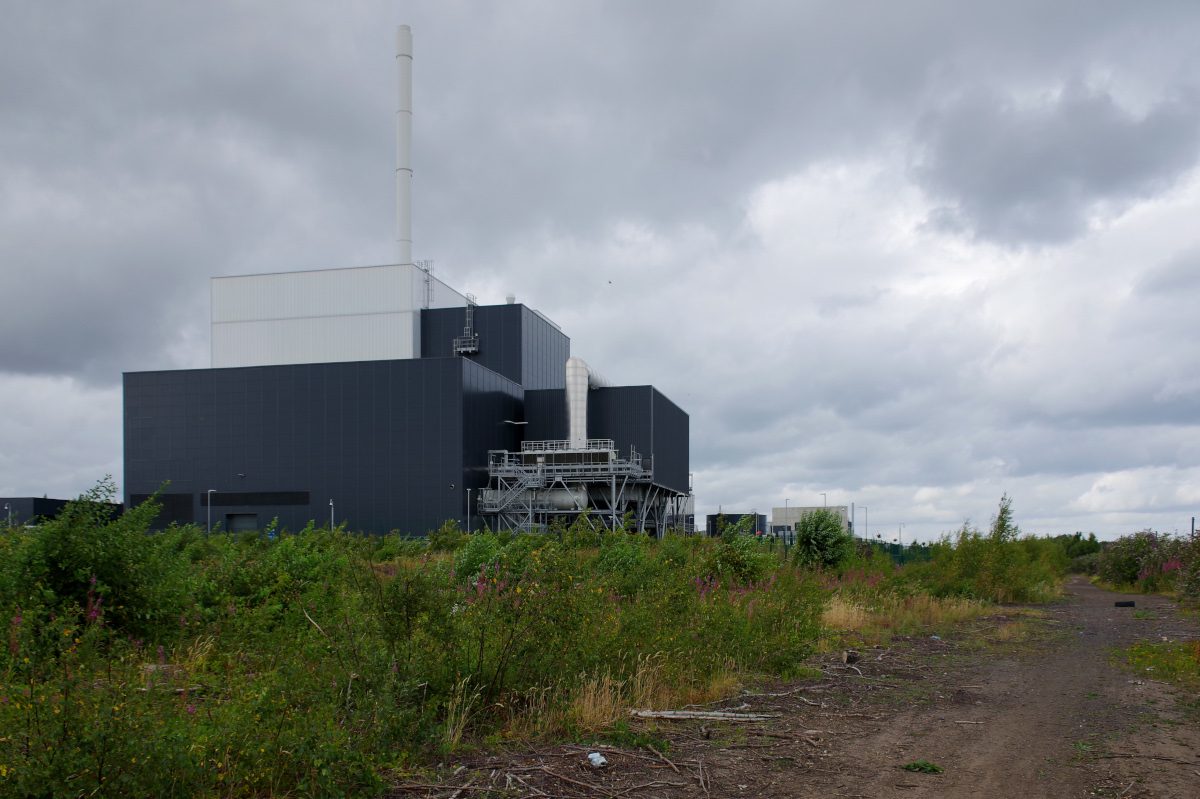A research group in Brazil has identified an enzyme which introduces radical possibilities when it comes to the process of deconstructing cellulose, potentially allowing, among other things, the large-scale production of so-called second-generation ethanol, derived from agro-industrial waste such as sugarcane bagasse and corn straw. The study has been published in the journal Nature.
Cellulose, the planet’s most abundant renewable polymer, is notably resistant to enzymatic or microbial degradation. And this has held back efforts to convert this biomass into useful fuels and chemicals. For example, coming up with easier ways to produce ethanol from sugarcane.
“We’ve identified a metalloenzyme that enhances cellulose conversion through a previously unknown mechanism of substrate binding and oxidative cleavage,” Mário Murakami told the Brazilian news outlet Agência FAPESP. “This discovery establishes a new frontier in redox biochemistry for the depolymerization of plant biomass, with broad implications for biotechnology.”
The newly discovered enzyme was named CelOCE, which stands for cellulose oxidative cleaving enzyme. It cleaves cellulose using an apparently unprecedented mechanism, allowing other enzymes in the enzyme cocktail to continue their work and convert the fragments into sugar. “To use a comparison, the recalcitrance of the crystalline structure of cellulose stems from a series of locks that classical enzymes cannot open,” said Murakami, who works at the Brazilian Centre for Research in Energy and Materials (CNPEM). “CelOCE opens these locks, allowing other enzymes to do the conversion. Its role isn’t to produce the final product but to make the cellulose accessible. There’s a synergy, the potentiation of the action of other enzymes by the action of CelOCE.”
Paradigm shift
According to the researcher, the addition of monooxygenases to the enzyme cocktail about two decades ago was the first revolution. These enzymes directly oxidize the glycosidic bonds in cellulose, facilitating the action of other enzymes. It was the first time that redox biochemistry was used as a microbial strategy to overcome the reluctance of cellulose biomass to undergo biological breakdown. And that set a paradigm. Everything that was discovered at that time was based on monooxygenases. Now, for the first time, that paradigm has been broken with the discovery of CelOCE, which is not a monooxygenase and provides a much more significant result.
“If we add a monooxygenase to the enzyme cocktail, the increase is X. If we add CelOCE, we get 2X: twice as much. We’ve changed the paradigm of cellulose deconstruction by the microbial route. We thought that monooxygenases were nature’s only redox solution for dealing with the recalcitrance of cellulose. But we discovered that nature had also found another, even better strategy based on a minimalist structural framework that could be redesigned for other applications, such as environmental bioremediation,” said Murakami.
He said that CelOCE recognizes the end of the cellulose fibre, attaches itself to it and cleaves it oxidatively. In doing so, it disrupts the stability of the crystalline structure, making it more accessible to the classical enzymes, the glycoside hydrolases. A very important fact is that CelOCE is a dimer, consisting of two identical subunits. While one subunit “sits” on the cellulose, the other one is free and can perform a secondary oxidase activity, generating the necessary co-substrate for the biocatalytic reaction.
“This is really very innovative because monooxygenases depend on an external source of peroxide, whereas CelOCE produces its own peroxide. It’s self-sufficient, a complete catalytic machine. Its quaternary structural organization makes it possible for the site that isn’t engaged on cellulose to act as its peroxide generator. This is a huge advantage because peroxide is a highly reactive radical. It reacts with a lot of things. It’s very difficult to control. That’s why, on an industrial scale, adding peroxides to the process is a major technological challenge. With CelOCE, the problem is eliminated. It produces the peroxide it needs in situ,” emphasizes Murakami.
CelOCE is a metalloenzyme: this is its exact classification because it has a copper atom embedded in its molecular structure, which itself acts as a catalytic centre. It was not created in a laboratory but discovered in nature. However, to get to it, the researchers had to mobilize a formidable amount of science and equipment.
“We started with samples of soil covered with sugarcane bagasse that had been stored for decades in an area adjacent to a biorefinery in the state of São Paulo. In these samples, we identified a microbial community highly specialized in the degradation of plant biomass, using a multidisciplinary approach that included metagenomics, proteomics, carbohydrate enzymology by chromatographic, colorimetric and mass spectrometric methods, fourth-generation synchrotron-based X-ray diffraction, fluorescence and absorption spectroscopies, site-directed mutagenesis, genetic engineering of filamentous fungi using CRISPR/Cas and experiments in 65-liter and 300-liter pilot plant bioreactors. We went from biodiversity exploration to mechanism elucidation to an industrially relevant scale in a pilot plant with the possibility of immediate real-world application,” says Murakami.
The researchers said this was not a laboratory bench result but it still needs to be validated before it can be used on an industrial scale. The proof of concept has already been demonstrated on a pilot scale, and the newly discovered enzyme can be immediately incorporated into the production process.
Brazil has the only two biorefineries in the world capable of producing biofuels from cellulose on a commercial scale. One of the biggest challenges so far has been the deconstruction of cellulose biomass: how to break it down and convert it into sugar. CelOCE is expected to significantly increase the efficiency of this process. “Currently, efficiency is in the 60% to 70% range, and in some cases it can reach 80%. That means that a lot is still not being used. Any increase in yield means a lot, because we’re talking about hundreds of millions of tons of waste being converted.”
Murakami added that it is not just about increasing the production of ethanol for vehicles, but also for other products, such as aviation biofuel.
















